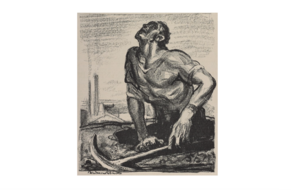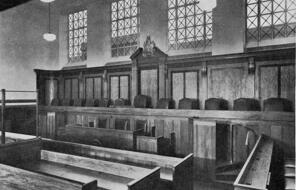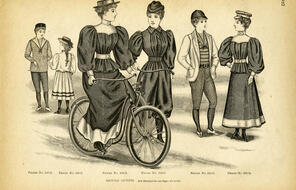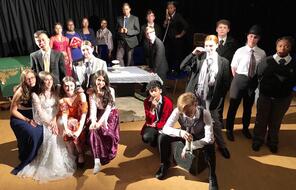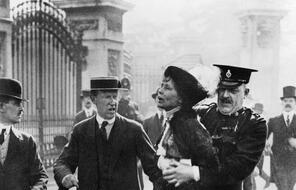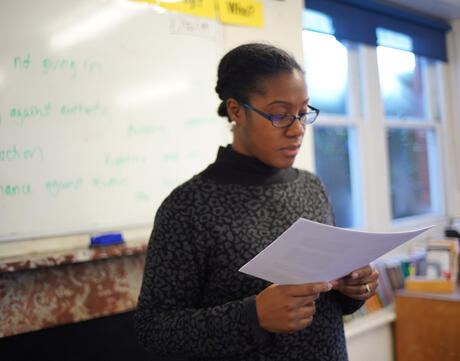
Bearing Witness to Eva Smith
Duration
One 50-min class periodLanguage
English — UKPublished
Overview
About this Lesson
In the previous lesson, students finished reading An Inspector Calls and participated in a mock court trial that saw each character ‘put on trial’ for their role in the death of Eva Smith. This process enabled students not only to engage with the content of the play, but also to develop their understanding of the power of justice and of social responsibility.
However, there is one voice that was missing from the trial and from the play as a whole, and that is the voice of Eva Smith. In this lesson, students will explore the character of Eva Smith, looking at how she has been depicted throughout the play and considering the symbolism of Priestley’s choice to create a character who only appears in the narrative second-hand. It is important for students to consider her character and explicitly acknowledge her voice as absent as it can help them reflect on the fact that many people lack the ability to speak out in cases of injustice, and, conversely, on the power of having a voice. Such reflections are important if they are to stand up to injustice in the world beyond school and are to view themselves as individuals with agency.
Finally, students will have an opportunity to adopt Eva Smith’s perspective in a creative writing task for homework, which will help bring the character and her experiences to life.
Preparing to Teach
A Note to Teachers
Before teaching this lesson, please review the following information to help guide your preparation process.
Lesson Plans
Activities
Homework Suggestion
Materials and Downloads
Bearing Witness to Eva Smith
Putting the Characters on Trial
Analytical Writing: The GCSE Character Essay
Unlimited Access to Learning. More Added Every Month.
Facing History & Ourselves is designed for educators who want to help students explore identity, think critically, grow emotionally, act ethically, and participate in civic life. It’s hard work, so we’ve developed some go-to professional learning opportunities to help you along the way.
Exploring ELA Text Selection with Julia Torres
On-Demand

Working for Justice, Equity and Civic Agency in Our Schools: A Conversation with Clint Smith
On-Demand

Centering Student Voices to Build Community and Agency
On-Demand






